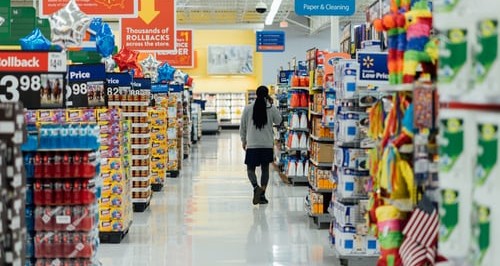The forecaster and artificial intelligence specialist Antuit.ai analysed data from 2000 shoppers in the UK and found that only 38% remained loyal to their usual brands.
Those who switched were more likely to have traded down than up and saving money (55%) was the main motivation.
For 30% switching was also about trying new products, with 23% changing because their normal brand was not available and 23% citing lack of choice as a factor.
Those who traded up said they did so because a lack of socialising gave them more money to spend (38%), while 33% said that they wanted to support local producers during a tough time.
Of those who traded down, 38% said they would make the switch permanently.
Siva Lakshmanan, co-chief executive at Antuit.ai, said: “Consumer packaged goods companies (CPGs) had to deal with a very mixed bag over the course of the pandemic – with demand fluctuations prompting unprecedented, unforeseen and fast changing consumer spikes in sales on the one hand, and supply chain disruption, and raw material and labour cost uncertainty on the other.
“Our research shows that the pandemic confirmed history is not our only indicator of the future, therefore conventional forecasting models are unable to predict the unpredictable.”
“As brands look to recover post-pandemic, the imperative will be on making demand forecasting more robust and able to deal accurately and quickly to permanently changed behaviours and the complexity Covid-19 has caused.
“And that relies on using AI and machine learning to bring together and make sense of disparate data sets – from planning and allocation through to pricing and promotions – to optimise demand modelling so CPG companies can make better predictions immediately and improve long-term performance.”
 Talking Retail Grocery and product news for independent retailers
Talking Retail Grocery and product news for independent retailers






